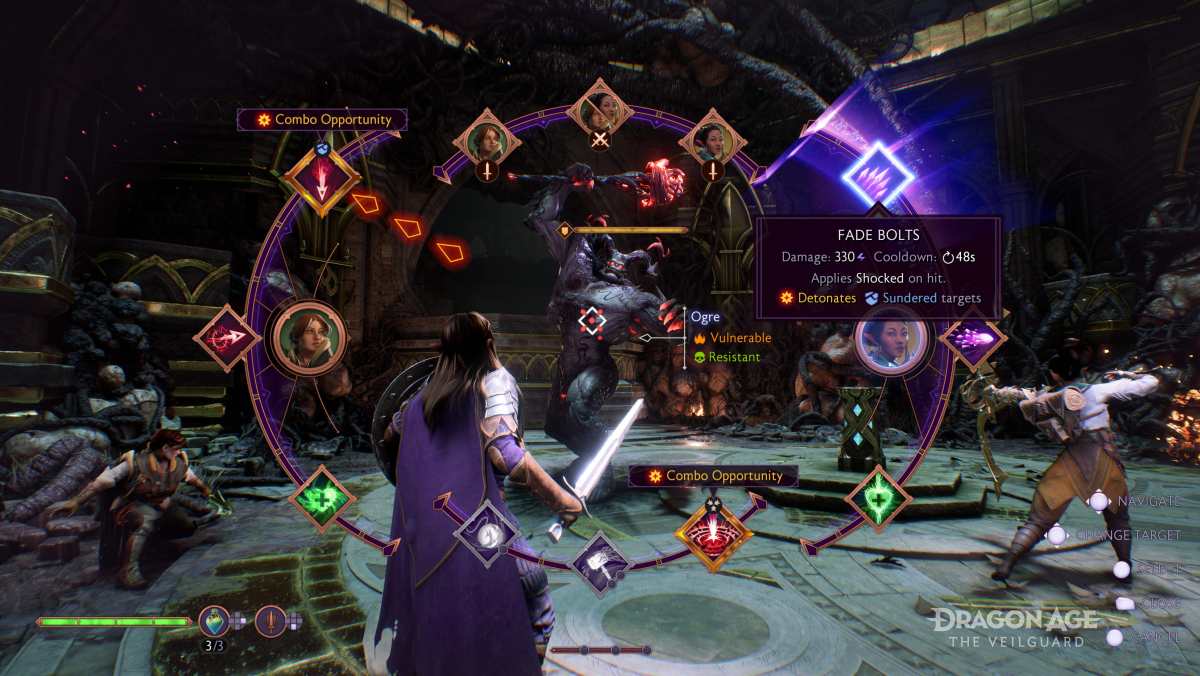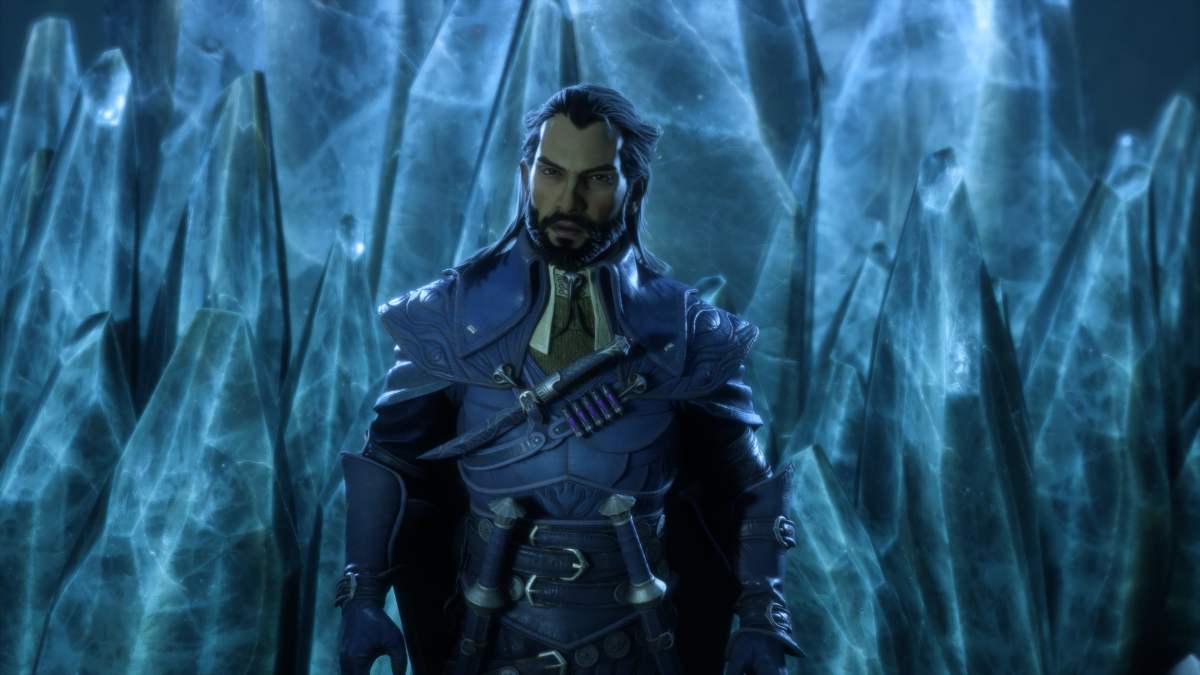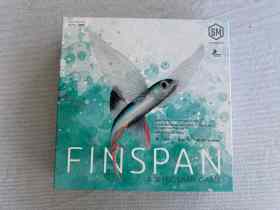You know how sometimes, you can get so thirsty that you almost… don’t feel it anymore? It feels like your body has decided, “actually, I don’t even need it that badly,” and you’ll live in a semblance of satiation – until the very moment that first droplet of water touches your tongue, and you realise how incredibly parched you’ve been.
If the past ten years of thirsting after a new Dragon Age game has been manageable, it’s only because the same principle has applied. I’d gone without for so long that I became accustomed to the thirst. It was familiar, it was under control. It wasn’t a big deal, right?
Now that I’ve had a taste of Dragon Age: The Veilguard, however, I’m realising how intense and powerful the yearning has been, simmering along in the background – and you can bet I’m going to keep sipping from this game for a long, long while.
Read: Dragon Age: The Veilguard preview – Defying the loftiest expectations
Dragon Age: The Veilguard is, at its core, the same kind of gritty and morbid extravaganza we’ve come to expect from the franchise, but the past ten years have let its themes grow, and become something so much more.
You play as Rook, lynchpin of the eponymous Veilguard, as they build a team strong enough to face down foes the likes of which we have never seen. With not one, but two merciless elven gods running rampant around Thedas, and the blight beckoning from the darkest corners, there’s a lot on Rook’s plate.
Dragon Age: The Veilguard is a much more linear story than we’ve seen in the past, with a central questline driving you through each zone. But that’s not to say you’re confined to a specific playstyle, with ample side quests, companion quests and opportunities for exploration scattered across the already full game.
If you were to follow just the main quests, you could probably clock the whole game at around 40 hours or so. But while that meat is tempting and juicy, the real meal lies in the extras and accoutrements that give it variety and dynamism. Completionists are looking closer to the hundred hour mark, and across playthroughs, I could easily see myself spending hundreds of hours in this world.
Beyond the core narrative, the world and aesthetic of Dragon Age: The Veilguard is just stunning. The naysayers who questioned whether the art style would live up to their grimdark expectations are going to be eating crow, because this adventure blends vibrancy and energy with some of the most grotesque imagery I’ve seen in a while – and boy does it work.
Read: Dragon Age: The Veilguard’s art style defies social media’s initial skepticism
Build me from scratch
I’ve spoken at length already about how detailed and specific the character creator is in Dragon Age: The Veilguard, so I won’t go too deep into it now. But that being said, it’s worth noting that I spent a cumulative six hours of my review time in there, doing my best to make both the most beautiful angels, and the freakiest little guys.
Not since The Sims have I had this much fun just making faces. Where some character creators leave me feeling a sense of finality when exiting with a fully fledged character, the Dragon Age: The Veilguard creator made me immediately want to start over. Again, again, again, again, creating new and more beautiful faces.
Thinking more deeply about it, I do think a big part of this is because of the lighting options. Being able to switch into different projections of shadow and light make the characters feel more three dimensional. Of course my Rook looks good in the sun! They’re a babe!
The inclusivity that I know is paramount to the Dragon Age: The Veilguard team is absolutely evident here. The smallest details allow you to create your perfect facsimile, if that’s what you’re after. Seeing yourself represented is so, so important.

Getting to know each other
We all know that any Dragon Age game is going to feature a bunch of traumatised hotties. It’s what the fans want, and it’s what fuels the fire of thousands of fan-fictions. The relationships and friendships within the game give it a depth and colour that allows it to become so much more grounded.
In Dragon Age: The Veilguard, that trend absolutely continues. Collecting these companions feels organic and exciting, with each new character slowly sharing more of themselves as you build trust and approval, to reveal a core emotional wound. These are people who are inherently flawed and failing in the most beautiful ways, but are also learning to reckon with themselves – and being a part of that journey is extremely gratifying.
Romance is, of course, a big part of this. I thought I knew exactly who I wanted to get freaky with after playing through the preview earlier this year, but when faced with the complexity and personality of them all, it proved so much harder to commit.
While I’ve only explored a couple of the romance lines thus far, each progression has felt natural, paced in a way that reflects the fact that finding love is secondary here. You’re trying to save the world, remember? Sometimes, you’ve gotta lay off the googly eyes and get the job done.
While I’m over the moon with my final choice of romance (Lucanis, I would drink coffee for you), the thing that really struck me was the more platonic friendships through the game. The interactions and banter between the other characters give the world colour and light, and developing a camaraderie with companions like Taash and Bellara felt reminiscent of growing closer with my real life friends.
The Bioware team really popped off in blending this group of characters into a team, because their respective jagged edges and puzzle pieces slot so well to form a cohesive unit. It does make it hard for me to decide who to take with me on missions, but I’ll forgive that, this time around.
Each individual narrative in Dragon Age: The Veilguard feels lovingly shaped, and tells an important story. Many of these resonated deeply with me, in ways I really didn’t expect to unpack over the course of a fantasy game. But that’s also the beauty of exploring the lives of such different people.
I can already foretell there will be people out there who will get their knickers in a twist over some of the companions’ stories, and to those people I will say one thing only: grow up. This is what storytelling should be.

Smashy smashy (no, this is not the romance section)
I have been eager to delve deeper into the combat of Dragon Age: The Veilguard ever since I first laid hands on the preview earlier this year. As a creature of habit, I always knew I would be playing as a Rogue – you couldn’t pry those daggers and shortswords out of my hands if you tried.
Rogue players have been eating well over the last year or two, with games like Baldur’s Gate 3 and Dragon’s Dogma 2 satisfying an itch to get real stab-happy against all manner of foes, so it was always going to be a high bar to clear for Dragon Age: The Veilguard.
Thankfully, this particular Rogue is dextrous and deft, and can clear those bars with pizzazz. Whether facing down single skeleton foes, waves of enemies, or colossal opponents that loom overhead, the combat feels equal parts challenging but achievable – and experimenting with the difficulty settings made it clear this is adaptable for all skill levels.
The biggest boon in Dragon Age: The Veilguard is the flexibility of the skill trees, which have detailed branches leading to three specialisations for each class. With the opportunity to respec at any point, you’re able to really craft an individual build, to finesse your Rook into the exact kind of fighter you desire.
For me, that meant leaning into the Veil Ranger and Duelist specialisations, which enabled me to have a powerful ranged starting shot before getting up close and personal with a flurry of slashes. While you can’t change your overall class, these branches give a much-appreciated additional level of customisation, to really forge your own path.
It’s also really important to be cognisant of your companions’ skills, especially how they synergise with your own. By blending certain abilities – perhaps a stunning attack combined with barrier damage to prep an enemy for the killing blow – you’re able to really lean in to that team dynamic, and dominate the battlefield more cohesively.
It’s so satisfying when it works, and it emphasises how important it is to really have a solid understanding of your companions. There were multiple moments in early stages of Dragon Age: The Veilguard where I found myself thinking, “man, I should’ve brought this person, so I could use this approach,” and while that necessitated a few creative adaptations, it also helped me feel much more strategic and tactical in future encounters.
I will note that during combat, the screen can be extremely busy, so it’s good to dive into some of the accessibility options to reduce that level of clutter. It’s worth looking at them all, anyway – they’re very extensive (shout out to the BioWare team).
Don’t worry, Mage and Warrior players – I gave them a whirl too, and can confirm there’s a lot of similar feedback when it comes to variety and malleability. I really enjoyed using a heavier weapon to get really smashy on some of the smaller darkspawn, to the point where I am absolutely considering doing a full-on Warrior playthrough, once I’ve got the time to play again.

Does Dragon Age: The Veilguard live up to expectations?
I truly didn’t think Dragon Age: The Veilguard would sink its hooks quite so deep into me, but in the time I’ve had to review this game, I can’t recall a single night where I’ve gone to bed before 2am. All I want to do is roam around, hug Assan and gaze adoringly at Lucanis, until the early hours of the morning.
While I will gush about this game for hours, it’s also fair to say it’s not perfect. After ten years, I would have hoped to see better syncing between dialogue and animations, where occasionally, the shapes were incongruous with the line delivery. The hairs, while beautiful, have absolutely featured in a few minor clipping issues with armour, and seeing “inaccessible area” in some of the earlier zones made me feel a little more boxed in than I’d like. But let’s be real here: if these are the only real gripes I have, I’m pretty damn happy.
It goes without saying that I have a strong personal attachment to the Dragon Age games. I’ve done my time in the trenches of the Hinterlands, soothed the itch for more content with some of the most ridiculous fan-fiction known to man, and vocalised my love for Varric Tethras to anyone in earshot. And in some inexplicable twist of fate, every single time I’ve played a brand new Dragon Age game, I’ve been in the midst of a major life change.
Moving house, changing jobs, relationship breakdowns – they’ve all been accompanied by this franchise. It’s gotten me through some real tough times, and this year has been no different. Having Dragon Age: The Veilguard to throw myself into with reckless abandon has been a lifesaver in many ways, and it meant that my hopes were probably higher than they realistically should have been.
But regardless of high expectations and a decade of legacy to live up to, Dragon Age: The Veilguard feels like it ticks almost all my boxes. It’s fun, it’s grippy, it’s cheeky. There are steamy moments. There are freaks. It’s a game that feels like it was almost entirely made for me, and while it may not be perfect on a clinical level, it’s deeply satisfying to explore.
Four-and-a-half stars: ★★★★½
Dragon Age: The Veilguard
Platform(s): PC, PlayStation 5, Xbox Series X and S
Developer: Bioware
Publisher: EA
Release Date: 31 October 2024
A code for Dragon Age: The Veilguard was provided to GamesHub by the publisher for the purposes of this review. GamesHub reviews are rated on a ten-point scale.





